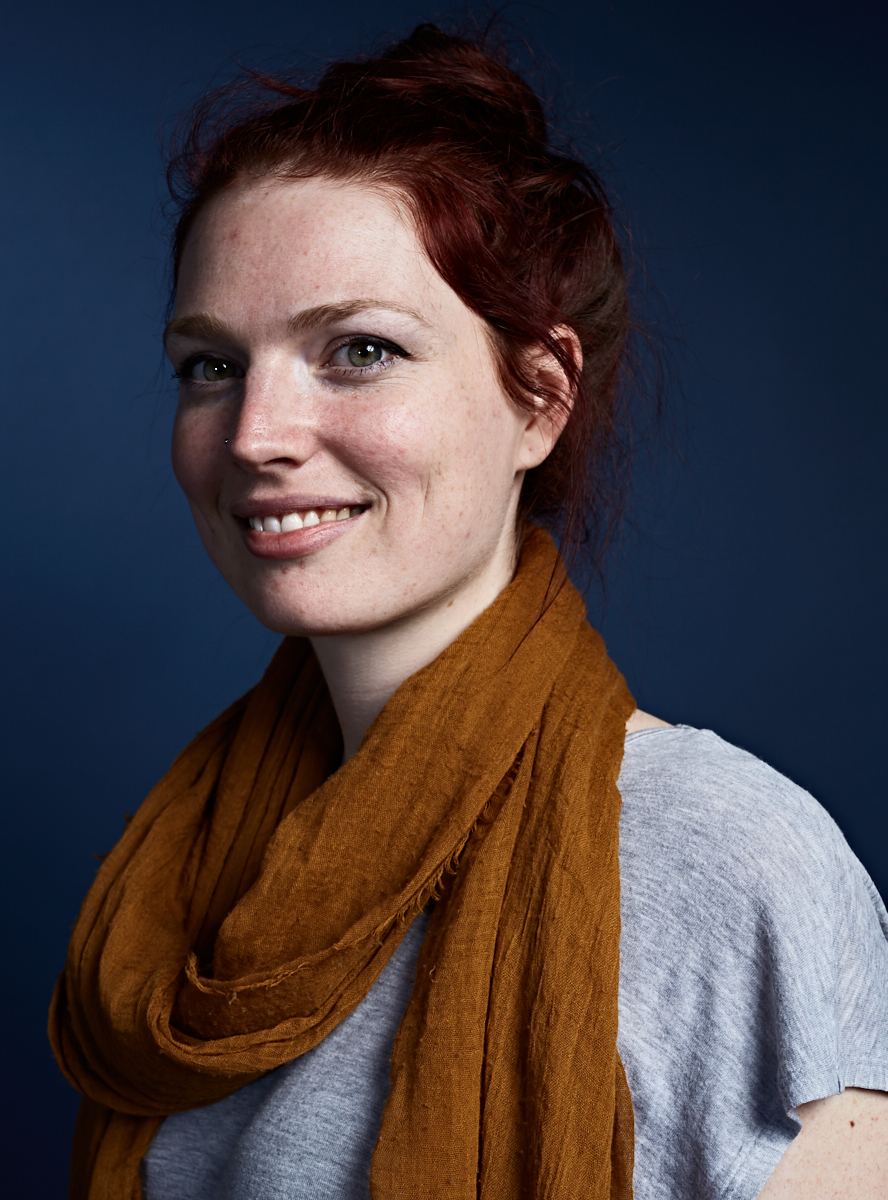Deanna Hood is an electrical engineer whose work focuses on humanitarian applications of engineering and robotics, with projects spanning accessibility, education and healthcare. Examples of her work include a brain-controlled car, with applications for people living with paralysis, and a low-cost USB stethoscope for diagnosing childhood pneumonia in developing countries. In collaboration with teachers she developed the first robotic partner for children with handwriting difficulties, which children teach how to write so that they can benefit from “learning by teaching”. This innovative twist on the use of robotics in education has resulted in a number of academic publications in addition to international media coverage such as by Reuters, Discovery Channel, the Sydney Morning Herald, and Fast Company.
Deanna loves exploring other cultures: over the course of her studies (B. Mathematics, B. Electrical Engineering, M.Sc. Robotics and Computer Vision) she lived in five different countries, and separately she has undertaken projects in another four countries. These include developing educational technologies in Columbia and repairing medical equipment in rural Nicaragua. Deanna now works at the Open Source Robotics Foundation on the Robot Operating System (ROS), a software framework that fosters collaboration among the robotics community by enabling roboticists to leverage each other’s algorithms and contribute to a global ecosystem. OSRF also develops Gazebo, a free and open source multi-robot simulator that removes the need for owning (or damaging) expensive hardware during robotics development. Originally developed for researchers but also widely used in industry, education and by hobbyists and artists, these tools are lowering the technical and financial barriers to robotics for everyone.
For her efforts in advancing society’s perception of science and engineering Deanna has been recognised as a Google Anita Borg Memorial Scholar, on Shoestring Magazine’s Young & Influential List, as a finalist for the Pride of Australia Young Leader Medal, as an Erasmus Mundus Scholar, and as a finalist for TED2013.
Talk:
Creative approaches to human-robot interaction challenges needed for developing a robot partner for children learning handwriting
Historically the use of robotics in classrooms has been limited to the teaching of robotics itself in STEM classrooms, and with good reason: keeping kids entertained in long-term human-robot interactions is no easy feat. There’s a great opportunity for robots to be used in classes teaching other subjects, particularly those teaching physical skills, but the cost of robots capable of complex physical movements can be a significant limitation. This talk presents the CoWriter Project that is based around one role that robots are well-suited for when it comes to teaching non-robotics subjects: helping children with handwriting difficulties. Given the aforementioned challenges, the project wouldn’t have been possible without quite a bit of creativity in its approach to addressing them. We’ll explore some twists needed to make the use of a humanoid robotic partner in this context viable, for example the fact that the children are actually the ones teaching the robot, and the out-of-the-box thinking that made it possible for schools to afford a robot capable of “writing”.


